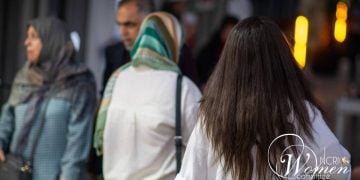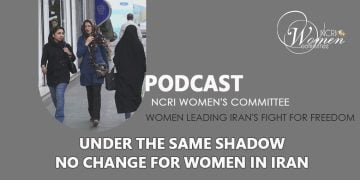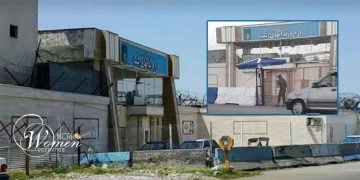In Iran, one in five marriages involves child marriage which is considered violence against women
Forced marriage in Iran which is usually done in the case of child marriages is a clear example of violence against women and girls. In the misogynistic regime of Velayat-e-Faqih, the laws have made Iran one of the countries with the lowest age of marriage for girls. These marriages are basically forced by the girl’s father or family.
UNICEF considers marriages of people under the age of 18 to be an example of child marriage. However, under the mullahs’ misogynistic laws, the minimum legal age for girls to marry in Iran is 13. A girl under the age of 13 can also sit at the wedding table with her father’s permission, as well as that of a judge. In Iran, one in five marriages involves a child spouse (Deutsche Welle, October 2, 2019).
“The marriage of girls makes them domestic slaves who not only fall under the yoke of their husbands, but also, because they are still children and cannot manage life, they are dominated by the husband’s relatives,” commented a sociologist with regard to child marriage (The official IRNA News Agency – September 4, 2019).
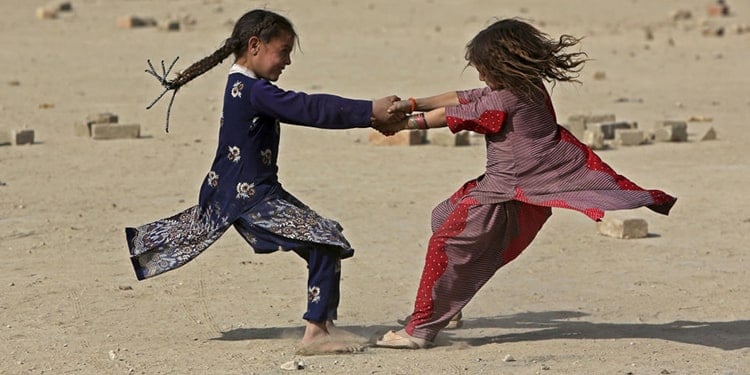
Four-fold increase in forced marriage in Iran in one year
The Ministry of Sports and Youth estimates that the number of forced marriages actually rose by four times in just one year. In line with its population growth policy, the regime announced that it would provide marriage loans to young people.
“There are statistics that children under the age of 15, especially girls under this age, have used this loan, and this number has quadrupled compared to last year,” said Mohammad Mehdi Tondgooyan, Deputy Minister of Sports and Youth Affairs (The state-run ISNA News Agency – December 10, 2019).
The increases in forced marriage in Iran are directly related to the growing poverty of the Iranian people. The painful result for girls is that marriage loans are used to trade girls under 15!
Earlier, in March 2019, Ali Kazemi, Legal Advisor to the Judiciary, announced that between 500,000 and 600,000 children marry annually in Iran; these are officially registered statistics. The data does not include those who marry outside the formal process (The state-run Entekhab Daily, March 4, 2019).
In 2018, the regime’s civil registration organization announced 234,000 marriages of girls under the age of 15; of these marriages, 194 involved girls under the age of 10.
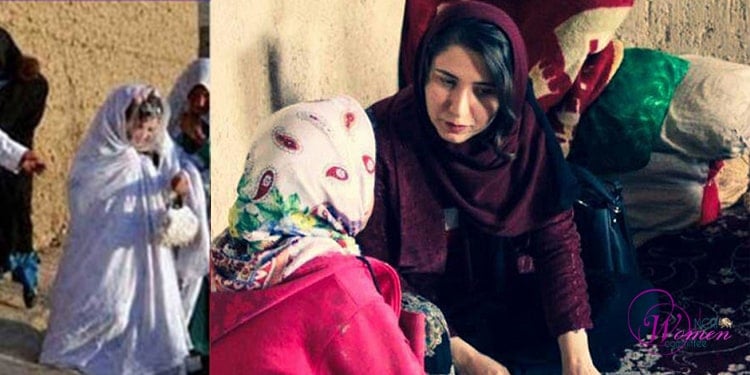
Poverty, the main reason for child marriage
People’s bare tables and economic poverty which is increasingly affecting more and more families, are the most important factors contributing to the rise in the number of child marriages.
An 11-year-old girl in Bushehr was forced to marry a 90-year-old man in exchange for 21 million Tomans (The state-run Hamshahri Online News Agency, June 16, 2020).
Another 11-year-old girl in Ahvaz was forced to marry a man to end a family dispute, according to the cease-blood tradition (Khoon-bas).
Early marriages take place while a girl under the age of 18 is unable to make any decisions. With marriage, she trades all her life and future.

The most serious harms of early marriages
- Being a spouse prevents girls from continuing their education. Early marriages expose girls to harms like domestic violence and sexual harassment by the husband. These innocent girls also risk dying during childbirth.
- Widowed children are considered a great tragedy in Iran. Hassan Mousavi Chelek, President of the Relief Society, described the situation as “worrying,” citing more than 24,000 widows under the age of 18. Widowed children may commit crimes or suffer social harm in order to earn a living (The state-run Salamatnews.com, July 24, 2018).
- Another harm and consequence of child marriage is suicide. Early marriages, exacerbated by poverty, pave the way for women to commit suicide. In some of these cases, girls under the age of 13 are forced to marry men as old as 50. In these forced situations, many girls feel they have no alternative but to commit suicide.
Golnar was an 11-year-old girl in Ahvaz. She committed suicide by eating rice pills when they tried to force her to sit at the wedding table. She wrote in a letter to her mother, who was in prison at the time, “I am being beaten a lot here, and now they want to marry me off…” (The aasoo website, July 2017).
In the village of Dishmuk in Kohgiluyeh and Boyer-Ahmad Provinces, women set themselves on fire due to forced marriage. In 2019, 24 people committed suicide in this small area.
Soraya, an 11-year-old girl, eventually used oil to set herself on fire because of the domestic violence she had been experiencing.
Two 14- and 17-year-old girls set themselves on fire in April, and a 17-year-old girl set herself on fire in Dishmuk in July 2019.
In December 2019, a 15-year-old girl set herself on fire in Dishmuk because of early marriage.
- Prostitution is another one of the most serious social harms that results from early and forced marriage in Iran. Research shows that more than 43% of prostitutes are married before the age of 13 (The state-run Didar News, April 4, 2020).
A women’s rights activist said that the age of girl sex workers has unfortunately reached as low as 12 (The state-run Salamatnews.com, December 29, 2019).
These are just a few of the many examples of the consequences of forced childhood marriage. The fate of most girls under the age of 18, who are forced to marry, is no better than this.



